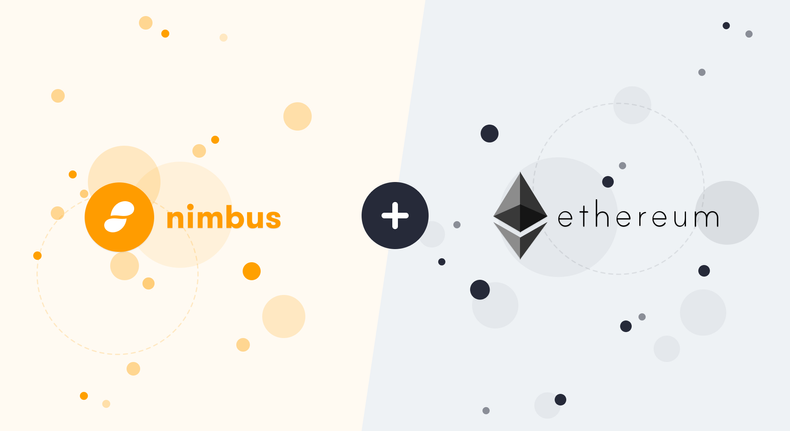The importance of a mobile-friendly eth2 client

On Monday, Dean Eigenmann tweeted the following:
validating will probably be way more niche than advertised, and most likely will be just as niche as running a miner.
— Dean Eigenmann (@DeanEigenmann) July 6, 2020
While Dean's concern is a valid one, it rests on the assumption that specialised hardware is required to run a validator.
As you may or may not know, one of our goals at Nimbus is for our client to perform well on embedded systems and personal mobile devices, including older smartphones with resource-restricted hardware.
The #ethnimbus team is currently meeting in Brussels, playing with the first mobile #Eth2 testnet pic.twitter.com/X4wYql3WEZ
— Mamy Ratsimbazafy (@m_ratsim) February 4, 2020
In fact, it's a little known design goal of eth2 to make running a phone-based beacon node possible.
This is really cool, and definitely one of the design goals of eth2 to make running a phone-based beacon node possible. Just hope it's actually sustainable to do so 😊
— vitalik.eth (@VitalikButerin) February 5, 2020
Why is this important? We believe Dean is right: unless we make it easy for folks to run a validator on hardware they already own, validating in eth2 may well turn out to be as niche an activity as mining in eth1.
Our dream is for you to be able to run Nimbus on an old phone. And we believe we can turn this dream into a reality by the time eth2 launches.
P.S. In the meantime, we encourage you to play around with Nimbus on eth2's latest testnet: altona.
